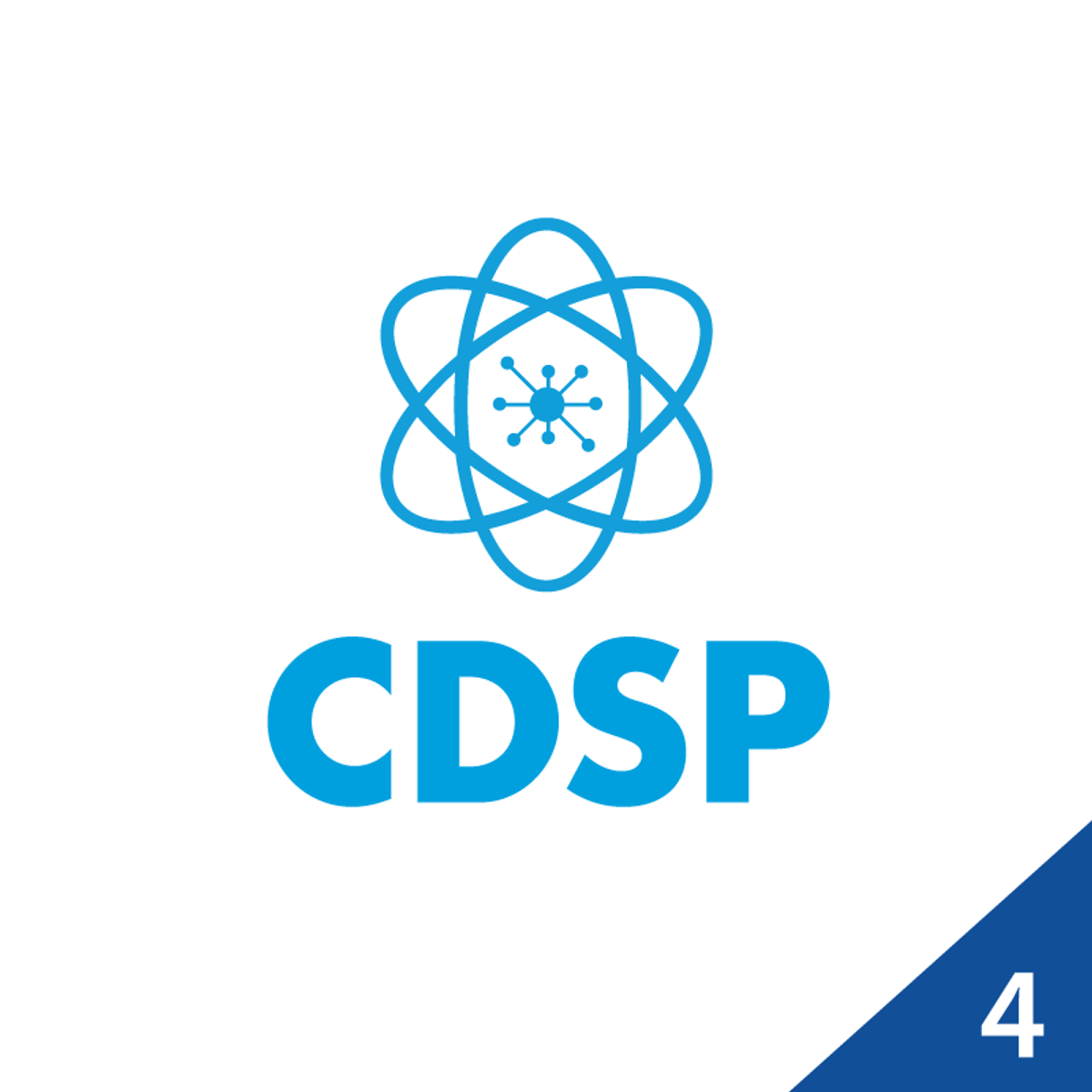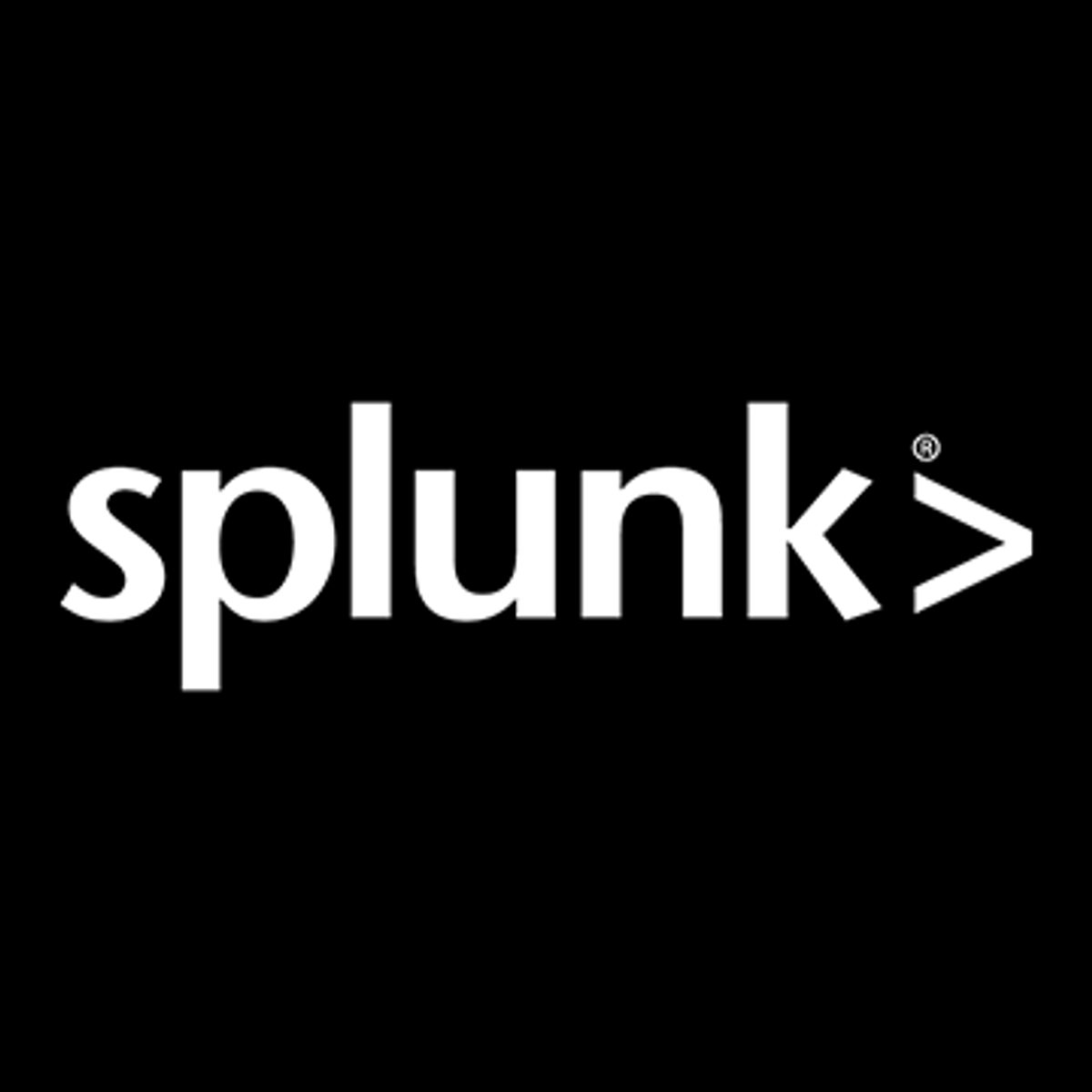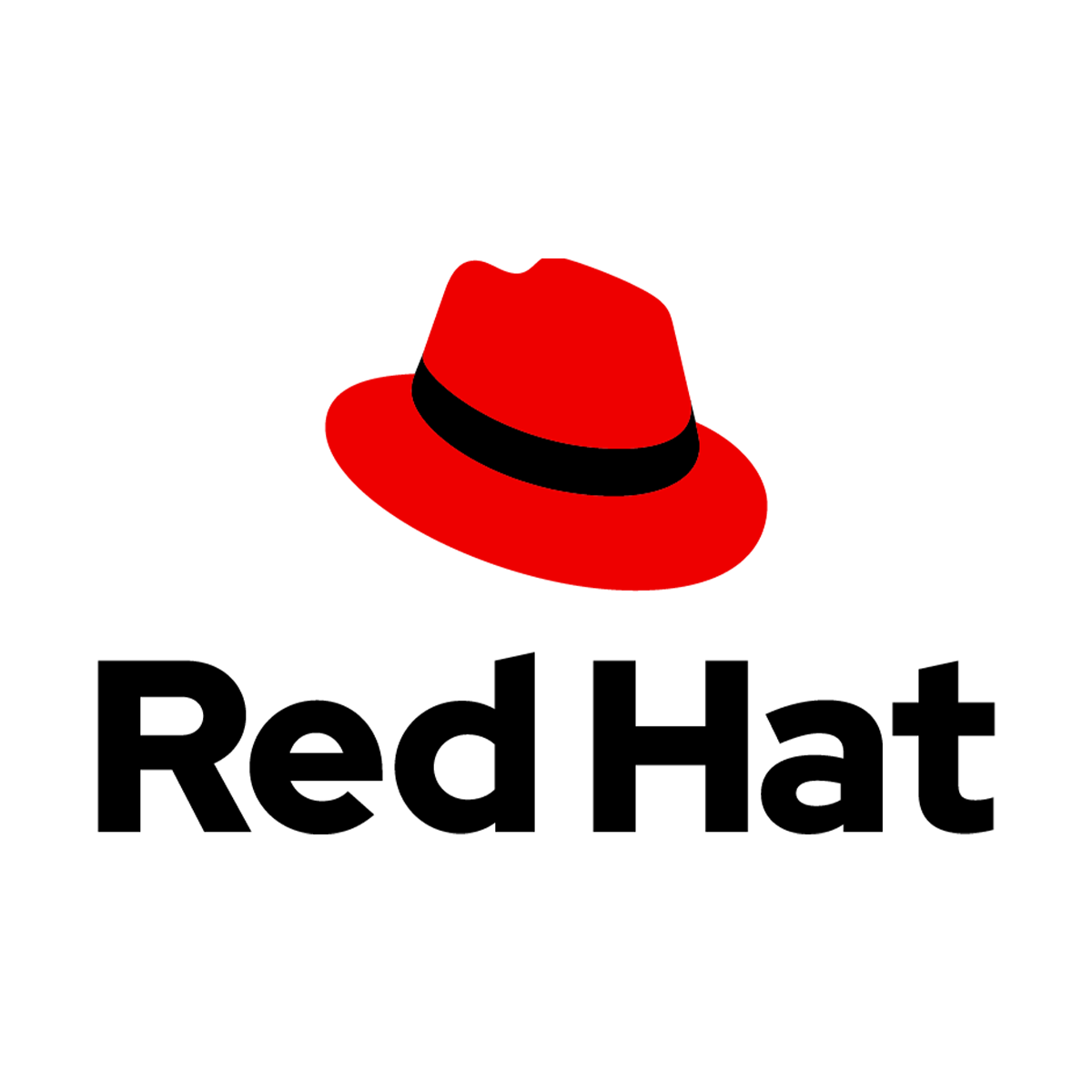Back to Courses









Information Technology Courses - Page 62
Showing results 611-620 of 1471

Build a Resilient, Asynchronous System with Cloud Run and Pub/Sub
Use Cloud Run and Pub/Sub to run a service that manages communication through HTTP POST, email, and SMS.

Manage container images using AWS
Welcome to "Manage container images using AWS".
In this guided project you will learn how to manage your container images using AWS services like Elastic Container Registry, AWS CodePipeline and AWS CodeBuild. The task-based approach that we follow in our guided project will get you a better understanding of various AWS services that comes very handy while working on your real-life projects. Most importantly you will leave this course with more confidence that will get you to work in AWS cloud provider more efficiently.
If you have questions about course content, please post them in the forums to get help from others in the course community. For technical problems with the Coursera platform, visit the Learner Help Center.
Good luck as you get started, and I hope you enjoy the course!
Happy learning !!!!!

Simple Retrieval Queries in MySQL Workbench
In this beginning-level course you will use MySQL Workbench to write basic SQL queries that retrieve data from tables in a relational database. As a DBMS (database management system), MySQL is used by many organizations for managing a variety of types and sizes of databases. MySQL Workbench acts as an integrated development environment allowing users to work with relational databases using a visual user interface rather than the command line. In hands-on activities in MySQL Workbench, you will write and execute the SQL code that retrieves data to satisfy a request. In addition, you will include the filters, sorting, and calculated columns to produce required output.
Note: This course works best for learners who are based in the North America region. We’re currently working on providing the same experience in other regions.
Train Machine Learning Models
This course is designed for business professionals that wish to identify basic concepts that make up machine learning, test model hypothesis using a design of experiments and train, tune and evaluate models using algorithms that solve classification, regression and forecasting, and clustering problems.
To be successful in this course a learner should have a background in computing technology, including some aptitude in computer programming.

Splunk Knowledge Manager 103
In this course, you will go beyond dashboard basics and learn about Dashboard Studio's underlying framework, the dashboard development process from prototyping and wireframing to troubleshooting as well as adding visualizations, dynamic coloring and drilldowns. Then you will go further by making your dashboards interactive with user inputs. You will learn how to use mock data, add annotation searches to a visualization, and improve dashboard performance. Finally, you will take a deep dive into maps using the classic simple XML framework where you will learn how to create cluster and choropleth maps, customize their color, and make them interactive.

Jenkins: Bootstrap and configure real team environment
By the end of this course you will be able to set up your own instances of Jenkins on your own server. You will be able to connect it to a source code management tool like Github and you will know how to set up a team with different levels of access using a plugin that handles authorisation in Jenkins.

Fundamentals of Red Hat Enterprise Linux
This course will provide you with a basic introduction to Linux® skills using Red Hat® Enterprise Linux 8. It will show you how a Linux system is organized, and will demonstrate introductory system administration tasks, which you will be able to practice on your own.
You will be introduced to reasons why Linux and the open source development model are so important in today's computing environment. Linux systems are used everywhere—the internet, point-of-sale systems, and the world's stock markets. You’ll find Linux running smart TVs, in-flight entertainment systems, and most of the top supercomputers in the world.
There are many reasons why it is valuable for you to learn Linux. If you are looking for new opportunities in IT, Linux skills are in high demand. For example, if you are developing applications, it's likely your application or its runtime is hosted on Linux. If you're working in the cloud, your cloud instances may be based on Linux, and your private or public cloud environment is also probably based on Linux. If you're working with mobile applications or the Internet of Things, it is also likely that the operating system of your device is based on Linux. And, if you use Windows, you'll need to interoperate with Linux.
After completing this course, you will have a solid introduction to working with Linux from the command line, using Red Hat Enterprise Linux 8 as a model. In applying these skills, you will be able to perform fundamental operational tasks, whether your Linux machine is on your desk or on a remote system across the Internet.

Virtual Agent Development in Dialogflow CX for Software Devs
Welcome to "Virtual Agent Development in Dialogflow CX for Software Devs", the third course in the "Customer Experiences with Contact Center AI" series.
In this course, learn how to develop more customized customer conversational solutions using Contact Center Artificial Intelligence (CCAI). In this course, you'll be introduced to more advanced and customized handling for virtual agent conversations that need to look up and convey dynamic data, and methods available to you for testing your virtual agent and logs which can be useful for understanding issues that arise.
This is an intermediate course, intended for learners with the following type of role:
• Software developers: Codes computer software in a programming language (e.g., C++, Python, Javascript) and often using an SDK/API.
Prerequisite: Before taking this course, learners should have completed the "Virtual Agent Development in Dialogflow CX for Citizen Devs" course.

Using Elastic Stack to Monitor Google Cloud
This is a self-paced lab that takes place in the Google Cloud console.
In this lab, you will learn how to use the Elastic Stack to monitor Google Cloud. You will start by creating a simple Elasticsearch deployment using Elastic Cloud. The goal of this lab will be to install and deploy Elasticsearch then use Beats, which are Elastic's lightweight data shippers, which sends operational data - logs and metrics - from systems and applications. You will use Beats to collect and monitor your services on Google Cloud.

Cloud Monitoring: Qwik Start
This is a self-paced lab that takes place in the Google Cloud console. This lab shows you how to monitor a Google Compute Engine virtual machine (VM) instance with Cloud Monitoring. Watch the short videos Monitor Health of All Your Cloud Apps with Google Cloud monitoring and Monitor a VM Instance with Cloud monitoring, GCP Essentials.
Popular Internships and Jobs by Categories
Browse
© 2024 BoostGrad | All rights reserved


